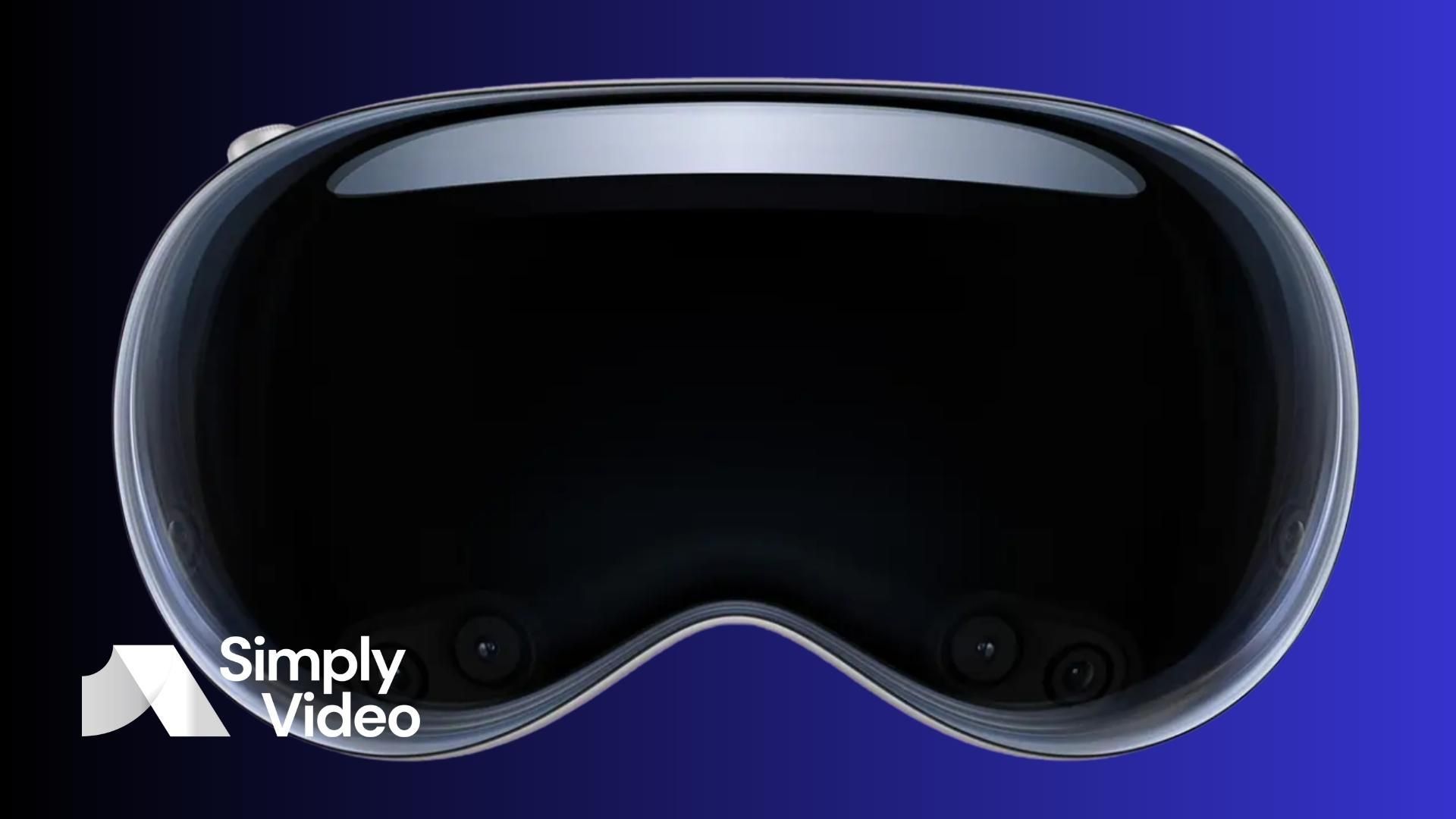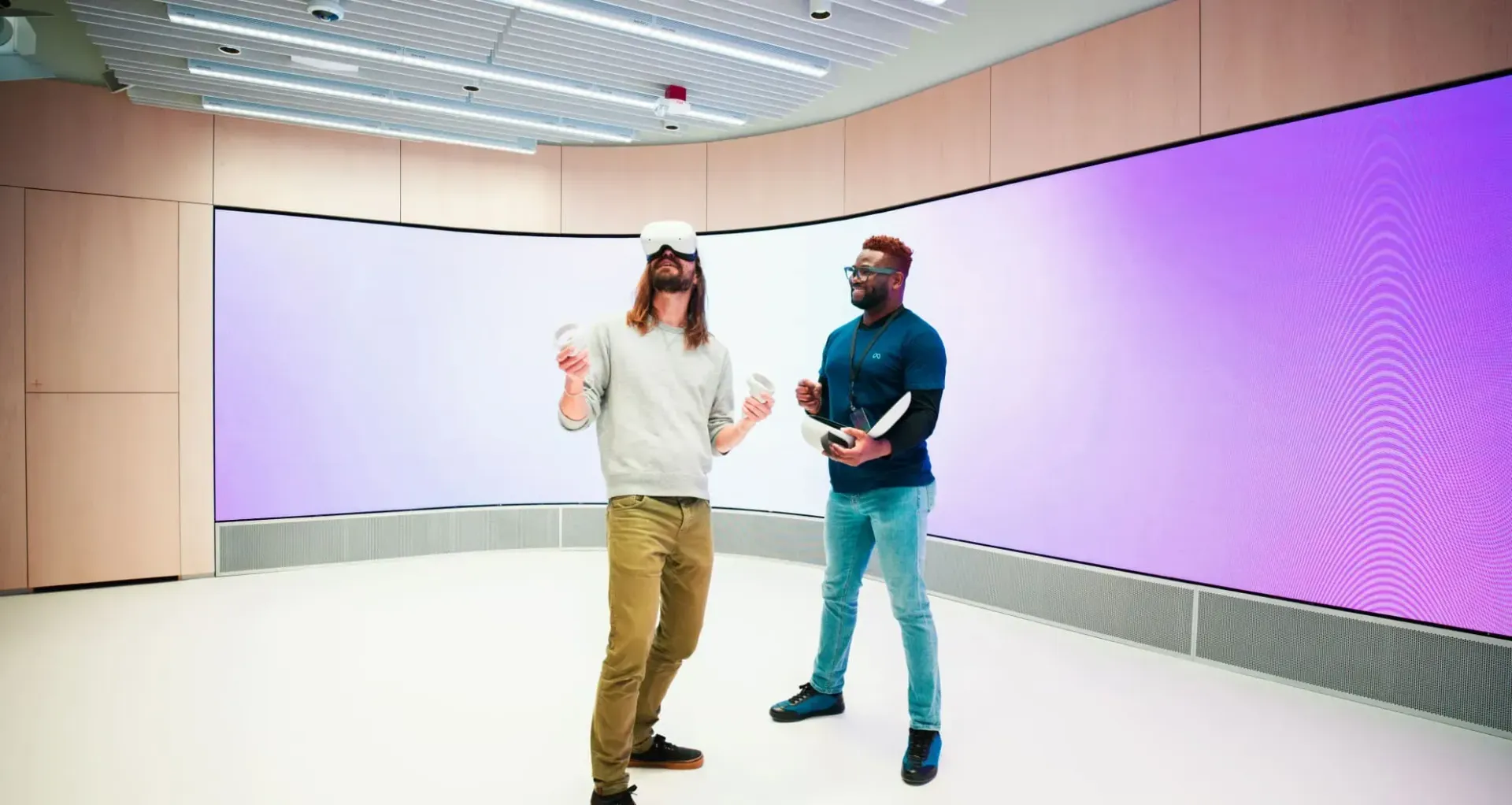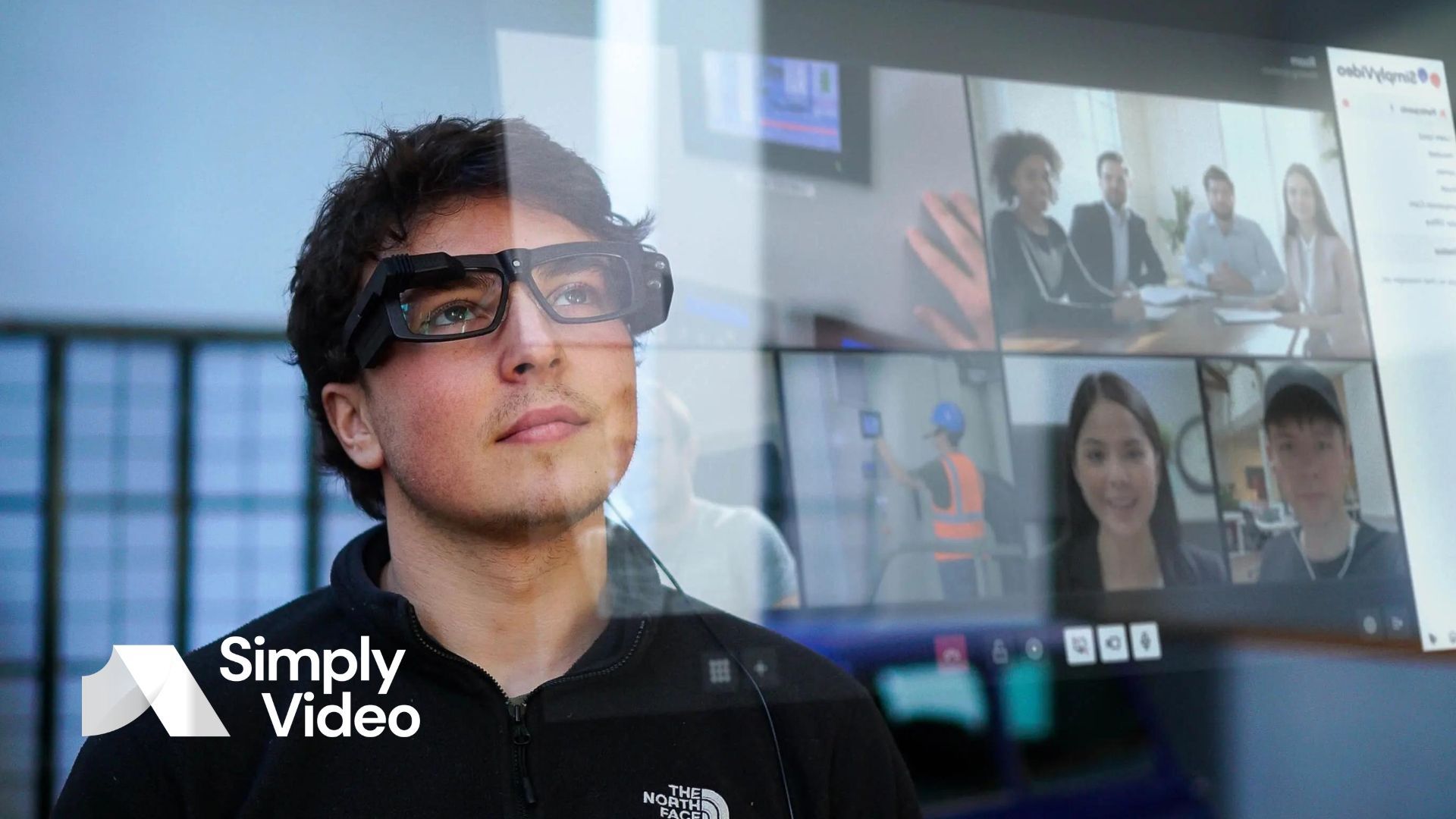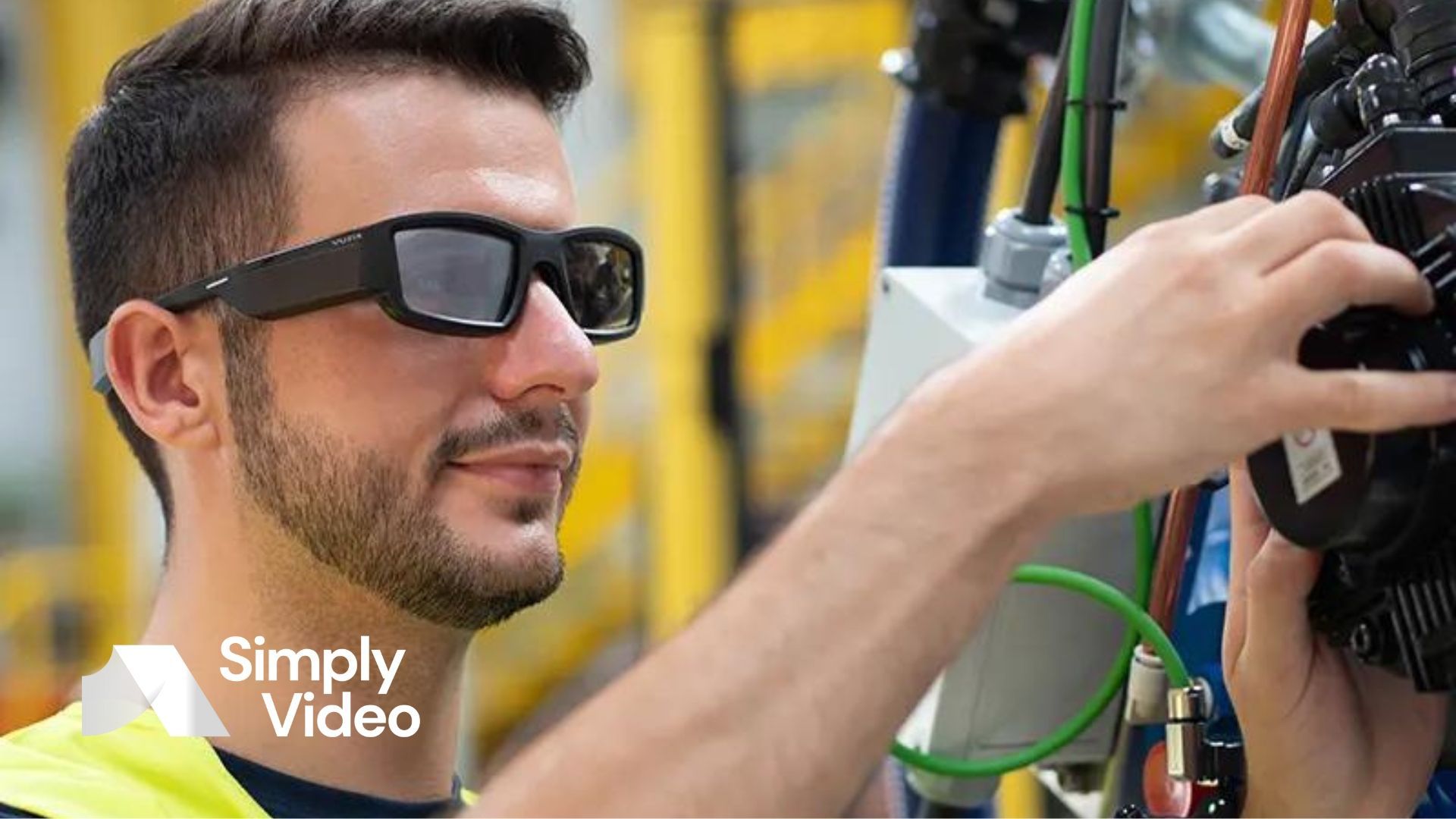Apple Vision Pro and the power of passthrough in mixed reality
Apple Vision Pro has made headlines for its VR passthrough technology. Learn how the feature works and how it stacks up against the competition.

Mixed reality (VR) headsets have entered the mainstream. Whether you're playing virtual laser tag or participating in immersive training, they're changing our business and leisure lives in all sorts of ways.
But like many other aspects of modern life, it's not always easy to know exactly how they work. Just as most of us log onto train WiFi without understanding the science behind it, so VR headsets can seem a bit, well, magical.
The basics of VR technology are a topic for another day. But one thing that differentiates devices is the optical technology they use.
Some headsets rely on passthrough technology. This is where the real world is transmitted to the user via cameras mounted on the headset.
Others use waveguides. These, by contrast, are real lenses that you're looking through, rather than a digitised version streamed through cameras. When you're not immersed in the virtual realm, it's your eyes that are processing your surroundings.
Passthrough has been in the news recently because of Apple's new Vision Pro headset, but it's not exclusive to Apple. It does, however, separate Vision Pro from other devices that rely on waveguides like the Magic Leap 2 and Microsoft HoloLens.
In this article, we look at the fascinating science behind these two ways of experiencing mixed reality.
Mixed reality passthrough
Virtual reality (VR) headsets have included front-facing cameras for a while. Meta's 2019 Quest headset, for instance, included a safety feature that swapped virtual reality for real-world footage if the user stepped outside a designated boundary.
This feature was dubbed "passthrough". But it was a very different beast to Apple Vision Pro's passthrough video technology.
With a pure VR headset, there's no blurring of boundaries between the real and virtual. You're either in the virtual world or you're not.
So the original Quest's passthrough feature functioned like an on/off switch. It allowed users to take a break from viewing virtual designs or zapping virtual Martians and make a very real cup of tea.
By contrast, the Vision Pro – as well as similar mixed reality headsets like the Meta Quest 2 – use passthrough technology to blend the real and virtual.
With mixed reality passthrough, you're no longer limited to "on" or "off". Virtual elements can intermingle and interact with your real-world environment.
The
Apple Vision Pro reveal trailer demonstrates this rather neatly. It shows a Bearded Designer Dude working at a virtual desktop in his kitchen. He's wearing Vision Pro. He looks smart.
BDD looks to his left and spots his daughter, poised to throw a football at his legs. Thanks to Vision Pro and passthrough, he can intercept the volley and kick it back. Family cohesion is restored. Phew.
It's as if BDD can see right through the headset itself. But, of course, he can't. Without passthrough cameras, Vision Pro is as see-through as a loaf of bread.
This is the crucial difference between passthrough devices and their counterparts, waveguides.
Mixed reality waveguides
Where Vision Pro and Quest 2 rely on passthrough, other leading VR devices like the Magic Leap 2 use waveguides.
Waveguides aren't new. They've been used in LED backlights, holograms and fibre optics as a way to "conduct" electromagnetic waves in different patterns and shapes.
These patterns and shapes are transmitted onto exceptionally thin pieces of plastic or glass. And we mean
thin – thinner than a sheet of paper or a human hair.
This is what makes waveguides such a boon for mixed reality manufacturers. They're so transparent as to be almost invisible.
When someone wears the Magic Leap 2, they're not viewing the world through HD cameras. They're looking at real life – in all its crisp, colourful detail.
There are four types of waveguides used in VR headsets: reflective, diffractive, holographic and polarised. Diffractive waveguides are the most common, used by Magic Leap, Vuzix and Microsoft.
Passthrough vs waveguides
Passthrough and waveguides are like woodturning and whittling. They're two means to the same end.
Both technologies mix elements of the real and virtual using powerful hardware and clever software. For passthrough, this means modifying a video feed of the person's real-life surroundings. For waveguides, it means conjuring up virtual objects before our very eyes.
Is one technology better than the other? The jury's still out on that one. Both have proven viable as a way to deliver mixed reality experiences.
That's not to say they're equal on all fronts, though.
Passthrough, for instance, tends to offer a wider field of view than waveguides. A field of view is like a window to the world – the wider the window, the more we can see.
But one trade-off is that passthrough devices tend to make the user feel isolated. They are, after all, locked behind an opaque headset. They can see the world, but the world can't see them.
Apple has taken a novel approach to this problem. They've implemented a feature called EyeSight, which projects a simulation of the user's eyes onto the front of the headset.
The company has also seemingly embraced the problem – at least to a point. The Apple Vision Pro has a dial that lets the user block out the real world completely – say if they're trapped on a train with a class of unruly seven-year-olds.
Waveguide-driven devices, meanwhile, tend to be lighter than their passthrough-powered counterparts.
This is a big boon for user-friendliness in both consumer contexts and industrial applications. Whether you're swinging a virtual golf club or using a headset for remote assistance on the frontline, you want it to be comfortable and not distractingly heavy.
Where next?
XR headsets are already making a huge difference in a variety of sectors. They're changing the way businesses provide training; they keep frontline staff connected with remote experts; and they have all sorts of exciting implications for the design process.
None of this would be possible without these mind-bogglingly intricate and elaborate innovations. It's too soon to say whether passthrough will replace waveguides – but in the meantime, both are an essential part of the XR experience.
Are you looking for a
mixed-reality enterprise video solution?
Sign up today for a free 30-day trial of SimplyVideo.












